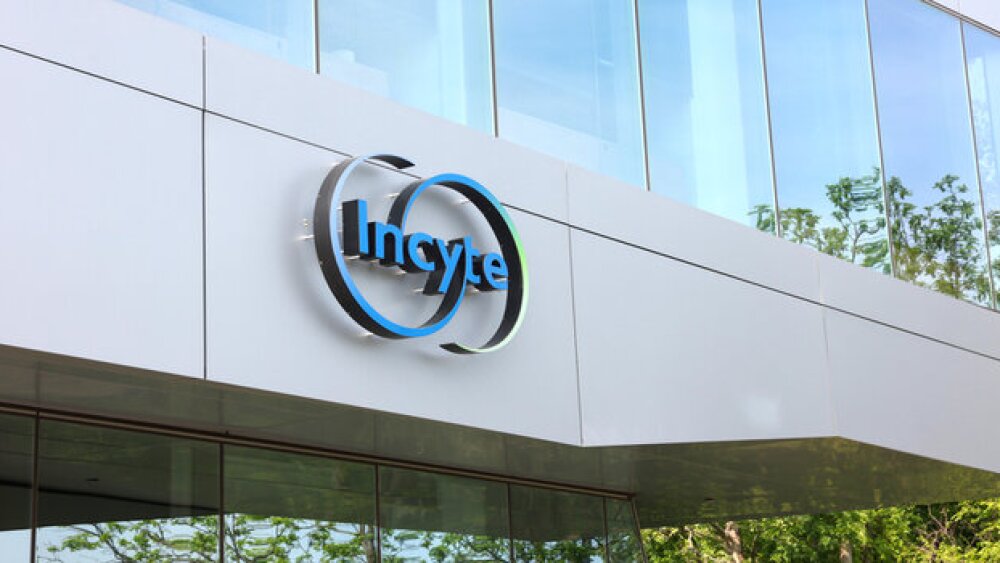Shares of Chinese pharmaceutical and medical device company WuXi AppTec were a hot commodity Tuesday as the company made its debut on the Shanghai Stock Exchange. Another Chinese company, Ascletis Pharma, also chose a new stock listing.
Shares of Chinese pharmaceutical and medical device company WuXi AppTec were a hot commodity Tuesday as the company made its debut on the Shanghai Stock Exchange.
WuXi AppTec, which is headquartered in Shanghai, listed 104,198,600 shares of common stock at a public offering price of RMB21.60 per share. Chinese news service Xinhua reported that share prices surged nearly 44 percent Tuesday to reach 31.1 yuan, about $4.98. In announcing its IPO WuXi AppTec said the proceeds will be used to expand its R&D facilities in China and strengthen its “capabilities and capacities to better serve global customers and partners.”
Ge Li, chairman and chief executive officer of WuXi AppTec, said he was grateful for the confidence investors are showing in the company. That confidence, he said, will allow the company to focus on its mission and accelerate the growth of its platform.
“Our commitment has always remained the same -- we want to empower and enable anyone and any company to advance medicines for patients faster. This commitment will underpin everything we do as we build a strong, valuable and socially responsible public company,” Li said in a statement.
This is the second time the Chinese company has been listed on a stock exchange. The company had been listed on the New York Stock Exchange from 2007 to 2015 when the company opted to become privately held.
When WuXi AppTec sought to list itself on the Shanghai exchange, Xinhua reported the request was quickly greenlit by the China Securities Regulatory Commission (CSRC). That move was part of a CSRC effort fast-track new listings from unicorn companies in order to “to invigorate the country’s capital market and foster the new economy,” Xinhua said.
Another Chinese company, Ascletis Pharma, also chose a new stock listing. The Hangzhou-based company filed for an IPO on the Hong Kong exchange as it prepares to launch its hepatitis C treatment Danoprevir by September. Danoprevir, which was licensed from Roche, is aimed at the treatment of chronic hepatitis C. Clinical study results show that with 12-week treatment, the cure rate of treatment with Danoprevir exceeded 95 percent in genotype 1 CHC patients. The South China Morning Post reported that hepatitis C affects about 350,000 people in China annually. Unlike the United States, where there are numerous near-cure treatments for the disease, in China there has been a lack of breakthrough therapies, the Post said.
In addition to Danoprevir Ascletis also has Ravidasvir, which licensed from Presidio Pharmaceuticals. Like Danoprevir, Ravidasvir is also aimed at treating hepatitis C. Ascletis also has two other drug candidates in its pipeline: ASC06, a clinical stage, first-in-class, RNAi therapeutic for the treatment of liver cancers, which was licensed from Alnylam Pharmaceuticals; and ASC09, a phase 2a completed HIV protease inhibitor, licensed from Janssen, a division of Johnson & Johnson.
The actions of WuXi AppTec and Ascletis highlights the growing importance of China in the pharmaceutical industry. The country has a pharmaceutical market value that is expected to reach $175 billion by 2022, according to data from health-care information company IQVIA (formerly QuintilesIMS). Not only does there appear to be a strong market for liver disease treatments, such as hepatitis, China is also a key market for new oncology treatments.
WuXi AppTec is certainly working on strengthening its presence in oncology treatments. Last year WuXi formed a partnership with Seattle-based Juno Therapeutics to develop treatments for cancer with the formation of a new Chinese company called JW Biotechnology Co., Ltd. The new company’s mission will be to build a cell therapy company in China through using Juno’s chimeric antigen receptor (CAR) and T cell receptor (TCR) technologies in combination with WuXi AppTec’s R&D and manufacturing platform.





